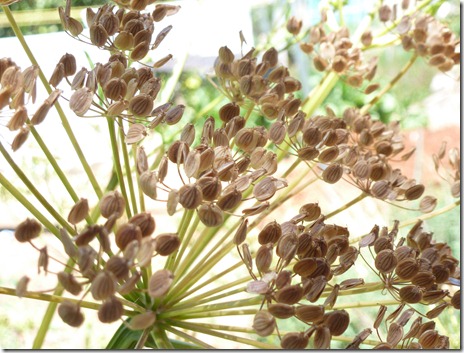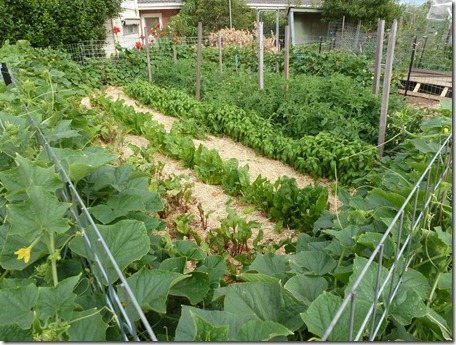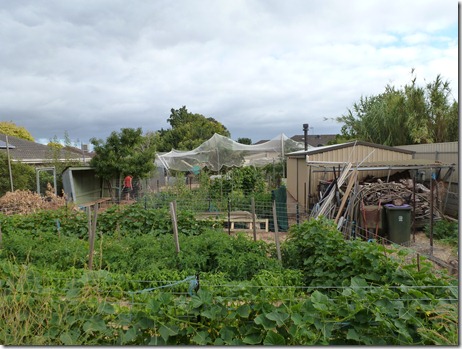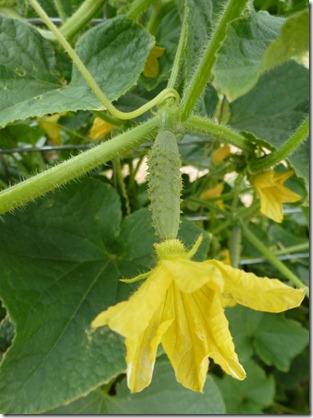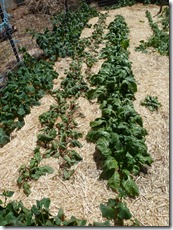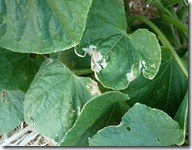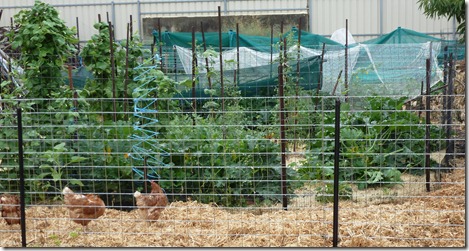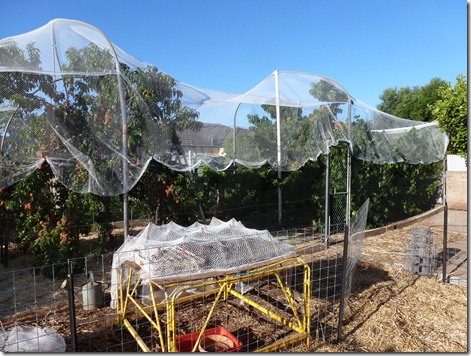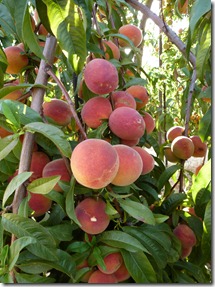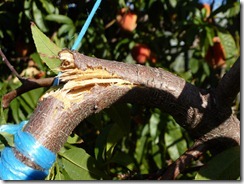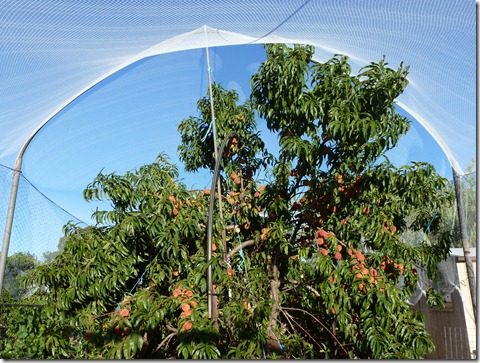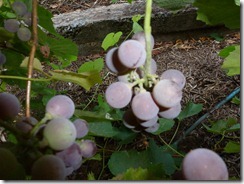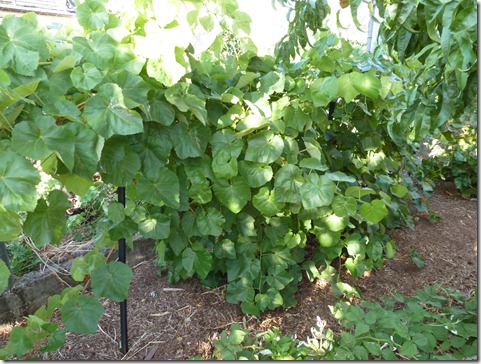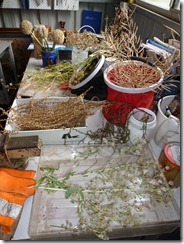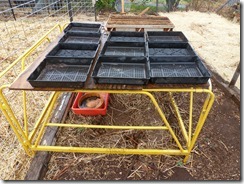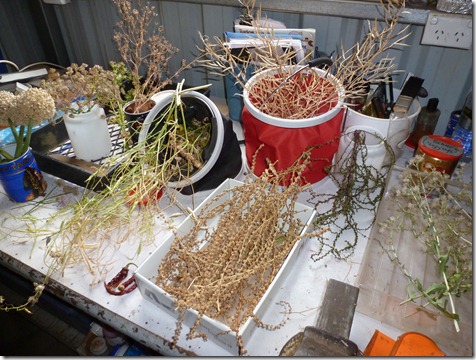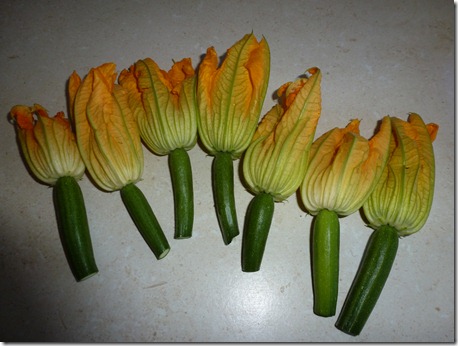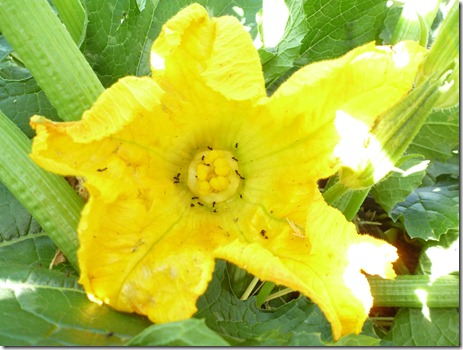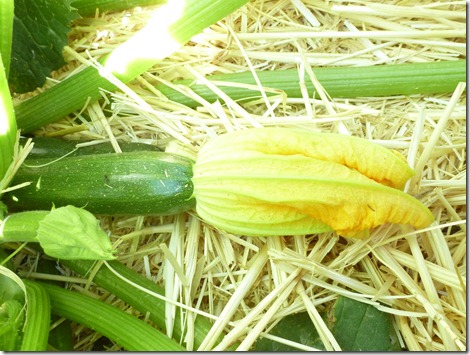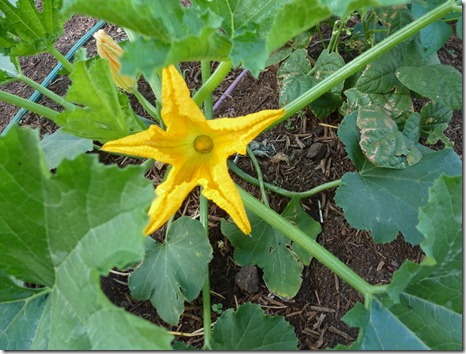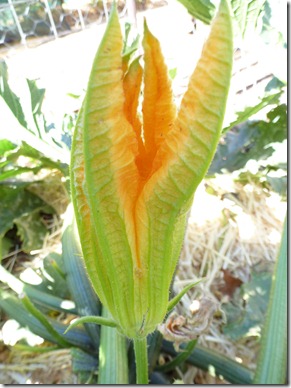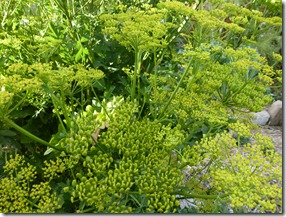
Parsnip (Pastinaca sativa) was once a food staple in Europe – during the Middle Ages – but fell out of favour when the Spanish introduced the potato in the second half of the 16th century. Consequently, the Latin name for parsnips is based upon pastus – meaning “food” – and sativa – meaning “cultivated”.
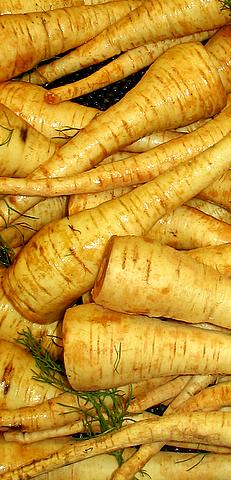 Parsnips are related to carrots, which also belong to the family UMBELLIFERAE (now renamed Apiaceae), and both share a similar ‘umbel-shaped’ seed head seen in this diverse family, which includes angelica, anise, arracacha, asafoetida, caraway, carrot, celery, Centella asiatica, chervil, cicely, coriander/cilantro, cumin, dill, fennel, hemlock, lovage, Queen Anne's lace and various parsleys. (Source: Wikipedia).
Parsnips are related to carrots, which also belong to the family UMBELLIFERAE (now renamed Apiaceae), and both share a similar ‘umbel-shaped’ seed head seen in this diverse family, which includes angelica, anise, arracacha, asafoetida, caraway, carrot, celery, Centella asiatica, chervil, cicely, coriander/cilantro, cumin, dill, fennel, hemlock, lovage, Queen Anne's lace and various parsleys. (Source: Wikipedia).
Like carrots, parsnips develop a large tapered (creamy-white) root that can be used in stews, roasts, purees and soups.
Parsnips are planted out in autumn here on the warm Adelaide Plains and grown through winter. If left until the following Spring, they suddenly leap up to be two metres high and become a most attractive plant. As summer proceeds, the huge yellow flower umbels – like umbrellas in a wind storm – are pollinated by insects, most noticeably in our garden by green and gold ‘bottle-flies’ (Phaenicia sericata). The large central umbel is considered the best for seed production.
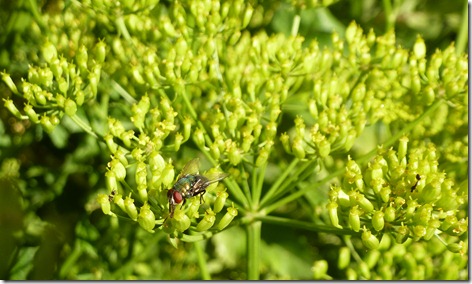 If left too long, these large flat roundish seeds will be spilled into the wind and onto the ground, so need to be monitored closely if they are to be collected directly from the plant whilst still in the garden.
If left too long, these large flat roundish seeds will be spilled into the wind and onto the ground, so need to be monitored closely if they are to be collected directly from the plant whilst still in the garden. 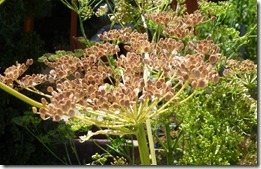 I prefer this method, as the plant releases seeds directly into my hand with just the gentlest of tapping, suggesting that I’ve timed it to perfection. A hot day is best, as the seed can then be cleaned of sticks and dust (by sieving) and placed directly into storage.
I prefer this method, as the plant releases seeds directly into my hand with just the gentlest of tapping, suggesting that I’ve timed it to perfection. A hot day is best, as the seed can then be cleaned of sticks and dust (by sieving) and placed directly into storage.
An alternative method is to cut the stem of the umbel and leave it to dry upside-down in a bucket, tapping the whole thing against the sides now and then to release the seed.
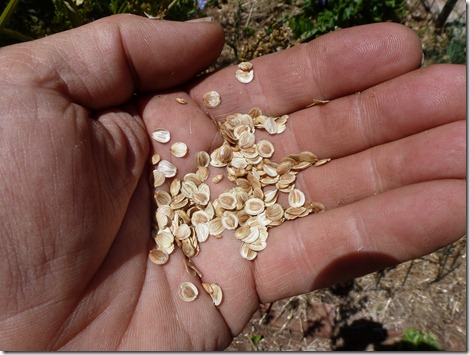 Either way, parsnips have the unique distinction among vegetable seeds of needing to go straight back into the ground for autumn germination; seeds are only viable until the next growing season.
Either way, parsnips have the unique distinction among vegetable seeds of needing to go straight back into the ground for autumn germination; seeds are only viable until the next growing season.
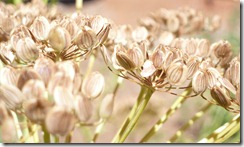 As always, plants produce far more seed than I need to plant out a new crop – it’s time to seek out some gardening friends to share my seed bounty, comforted in the knowledge that is fresh enough to germinate once the autumn rains come.
As always, plants produce far more seed than I need to plant out a new crop – it’s time to seek out some gardening friends to share my seed bounty, comforted in the knowledge that is fresh enough to germinate once the autumn rains come.
